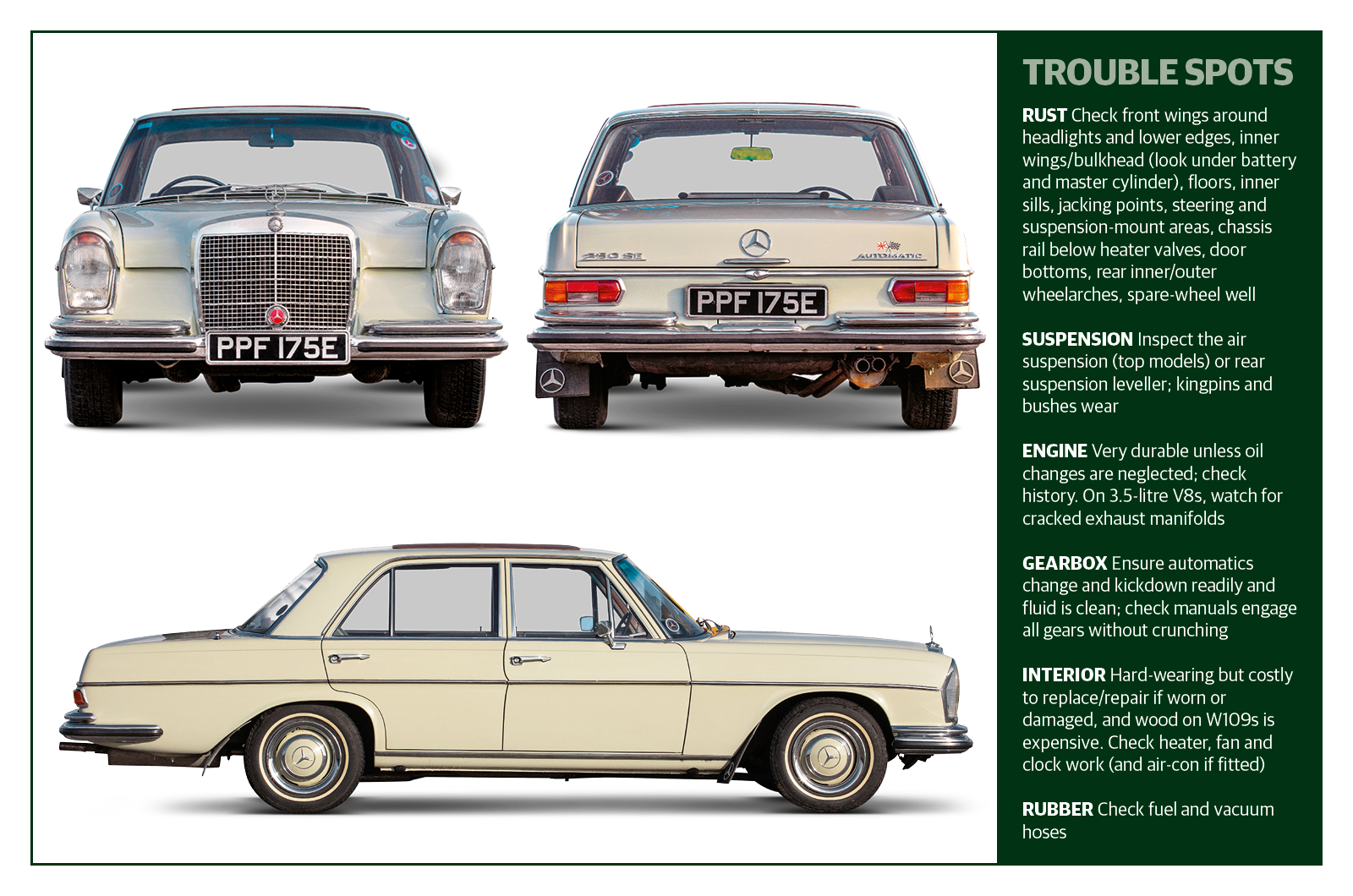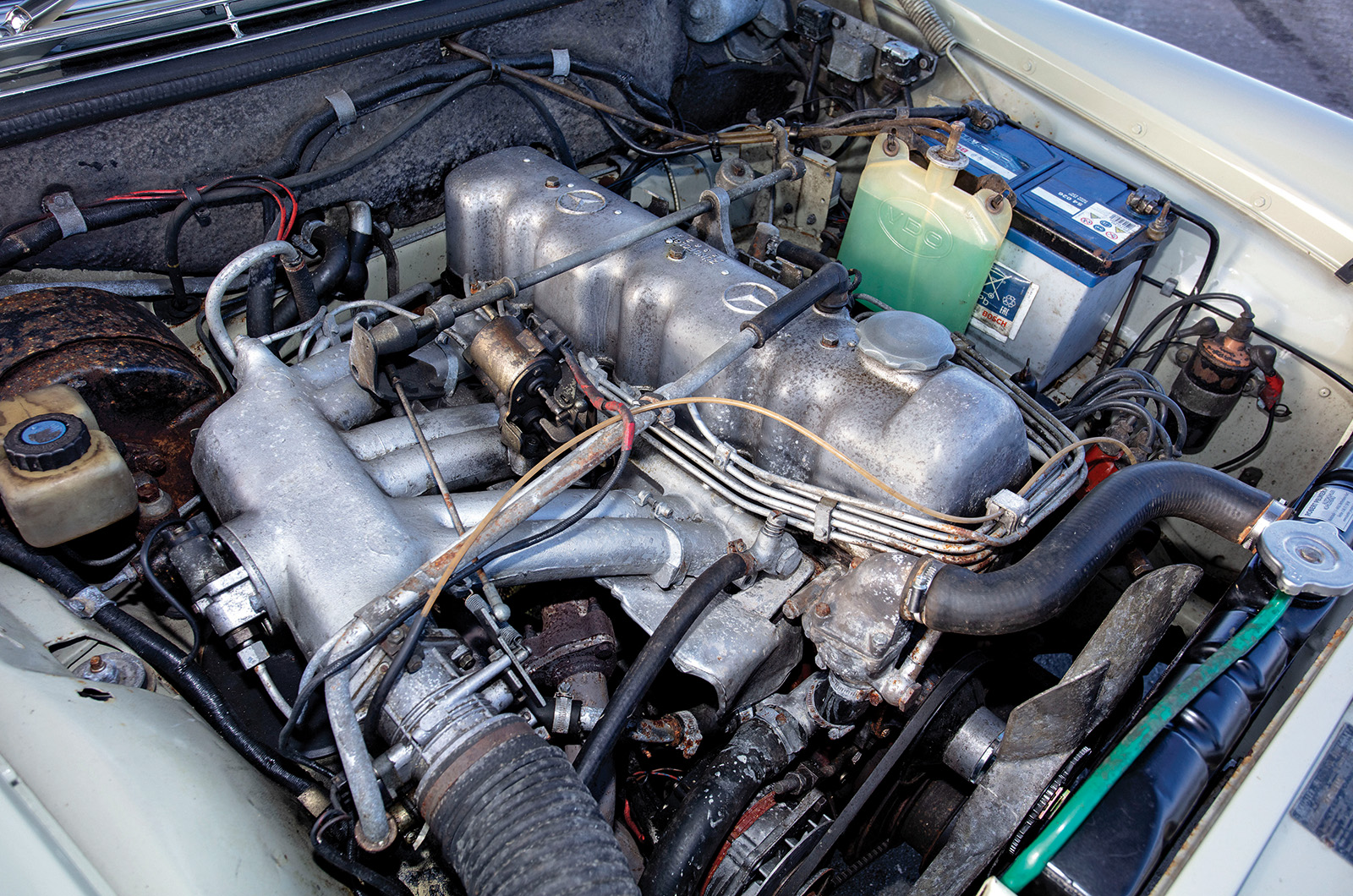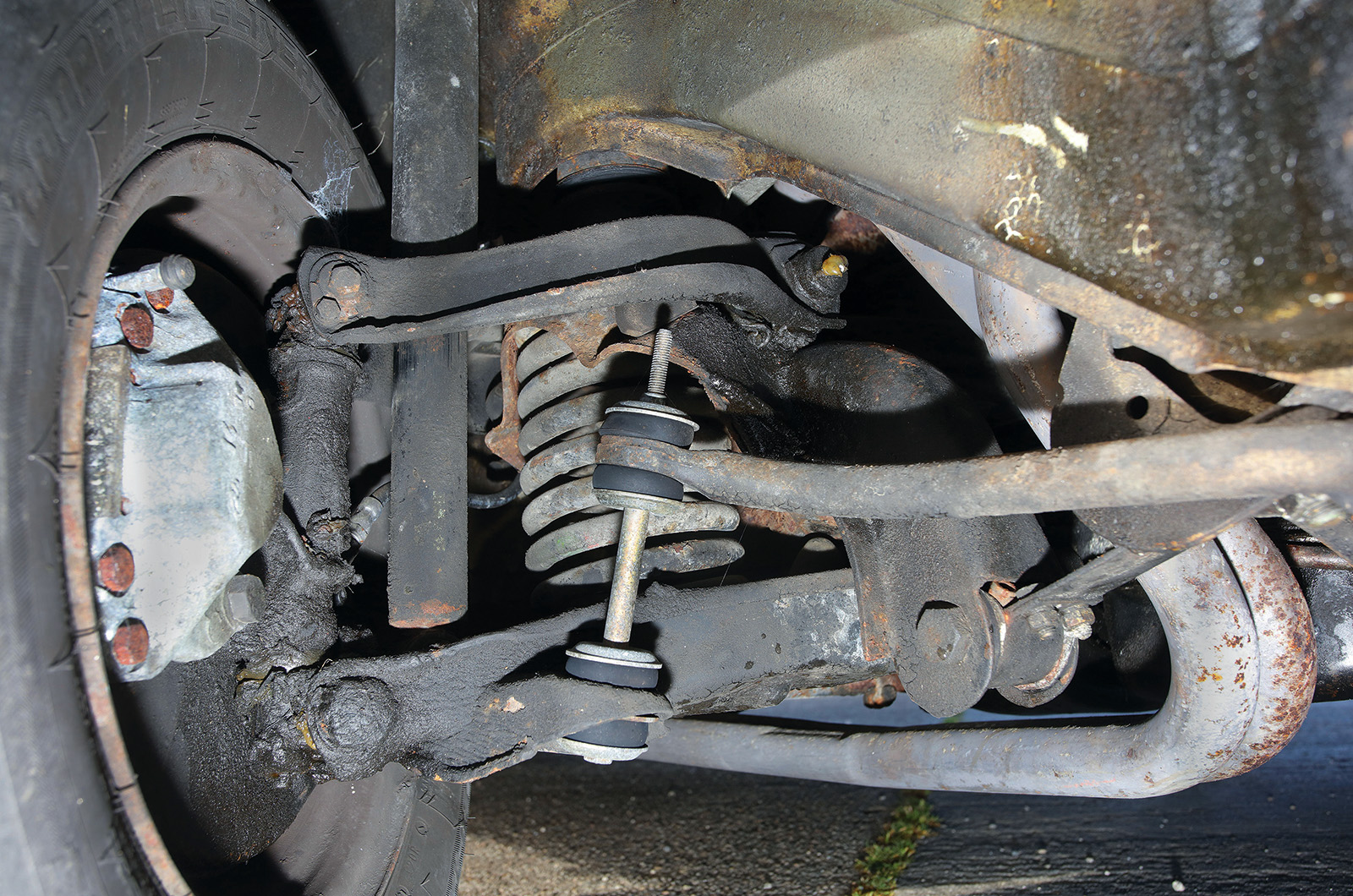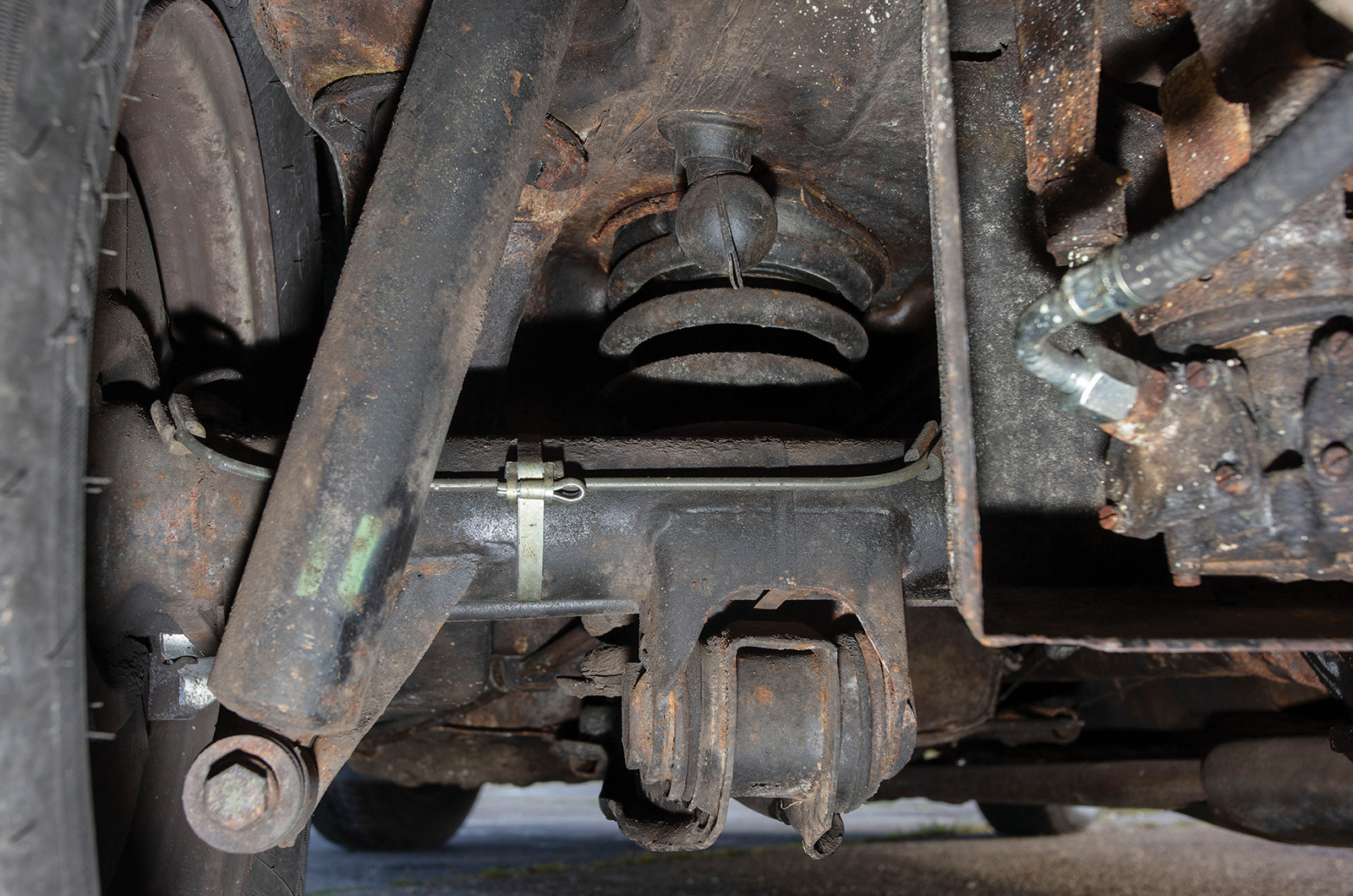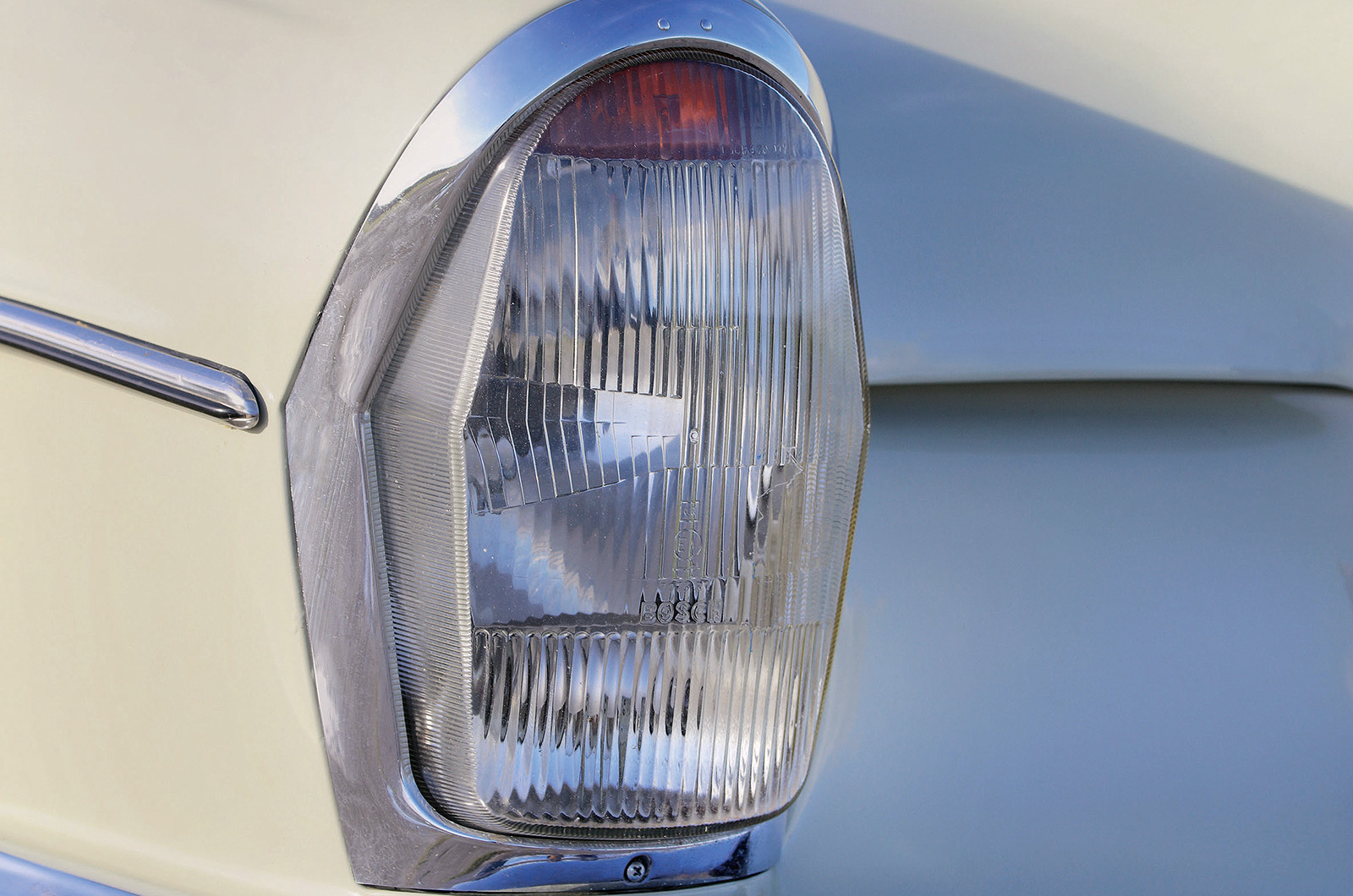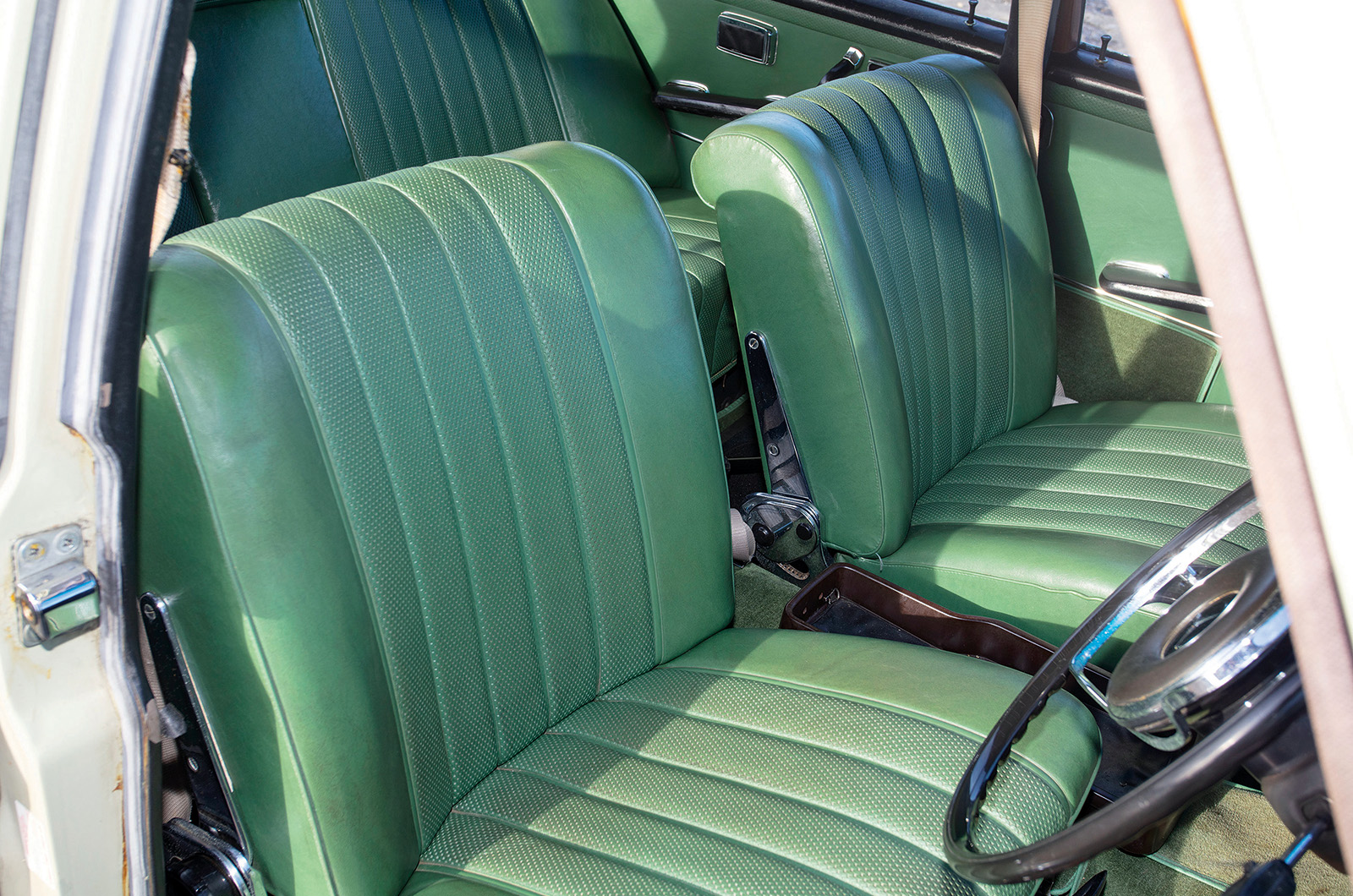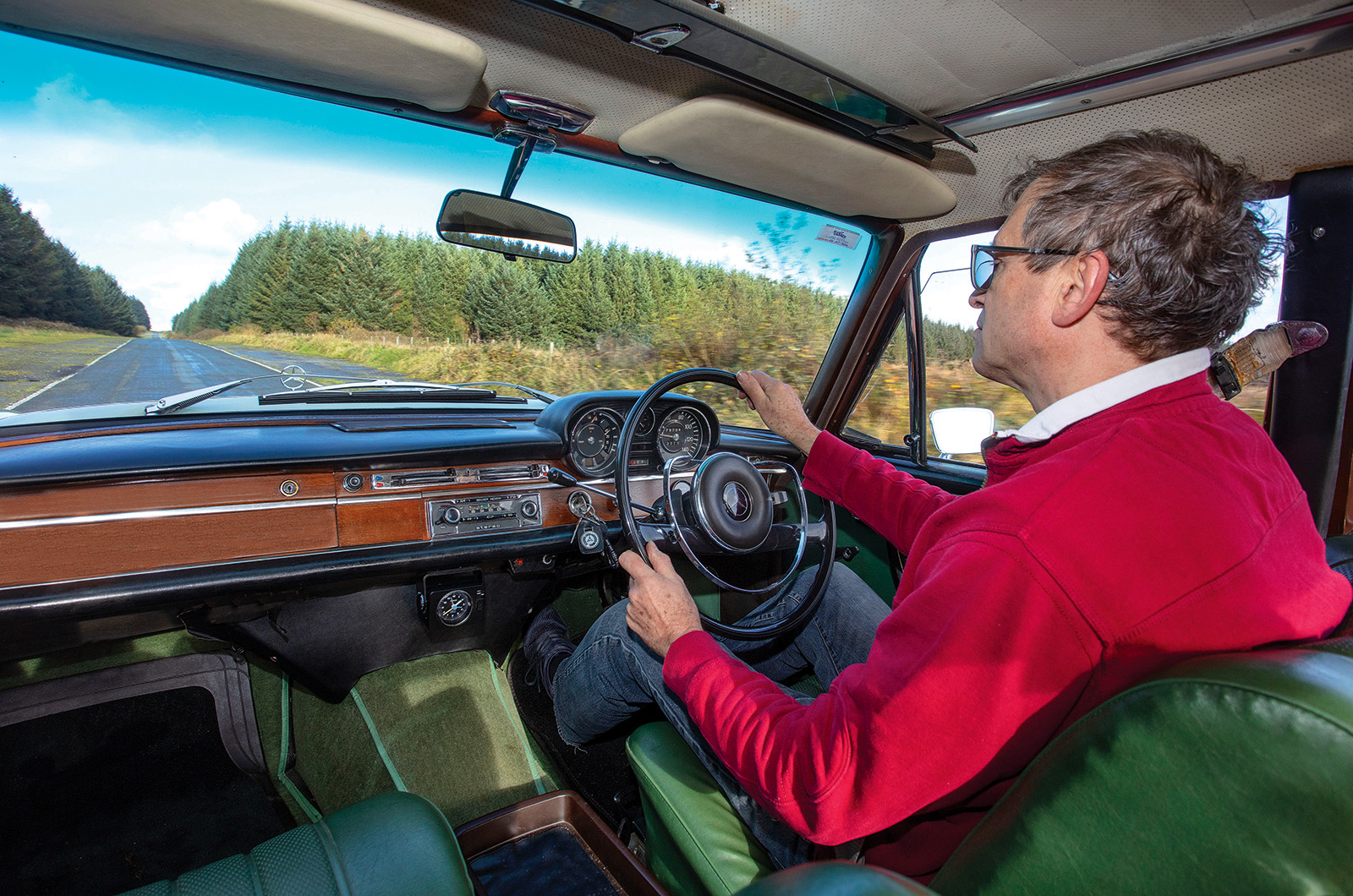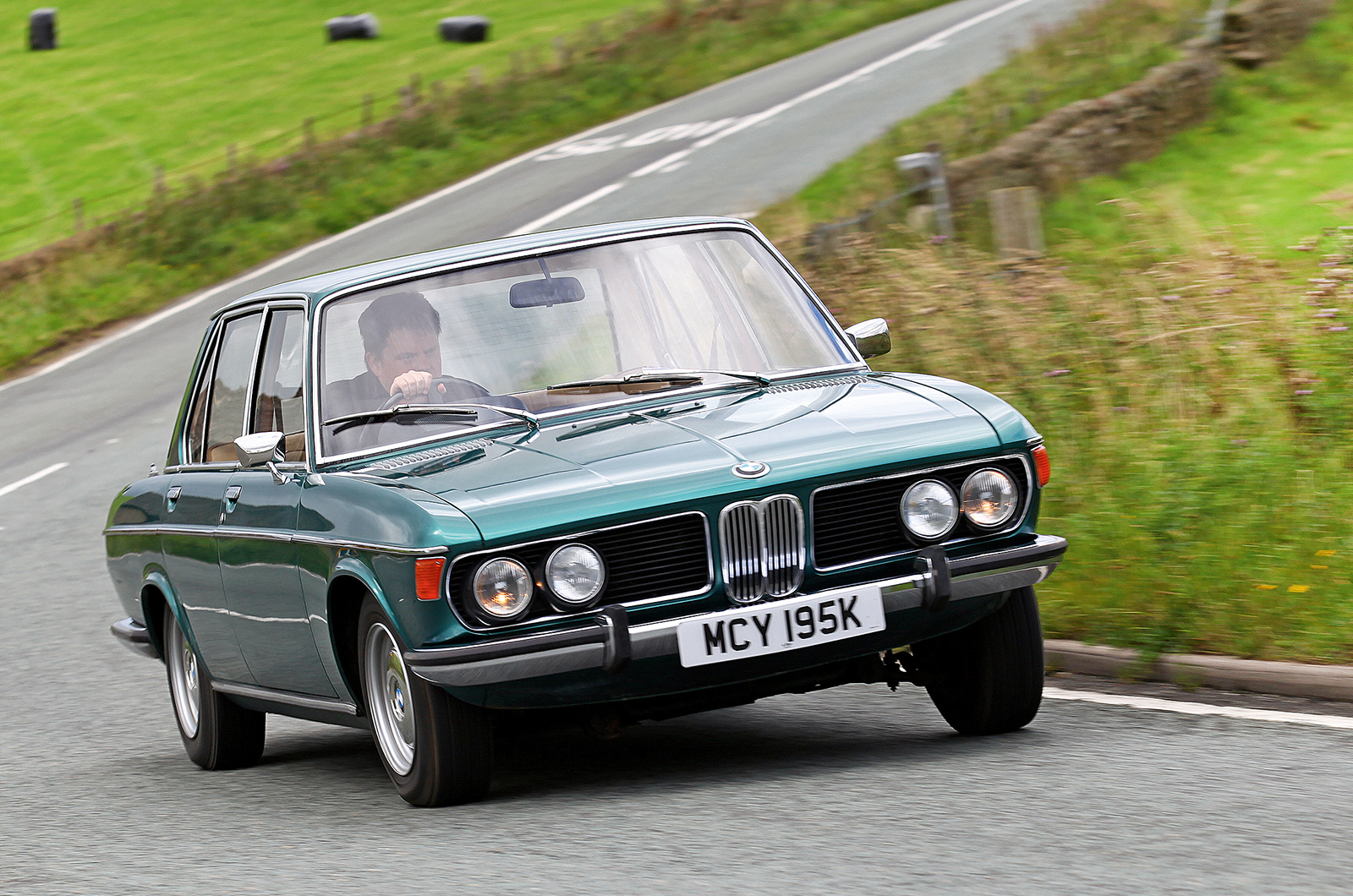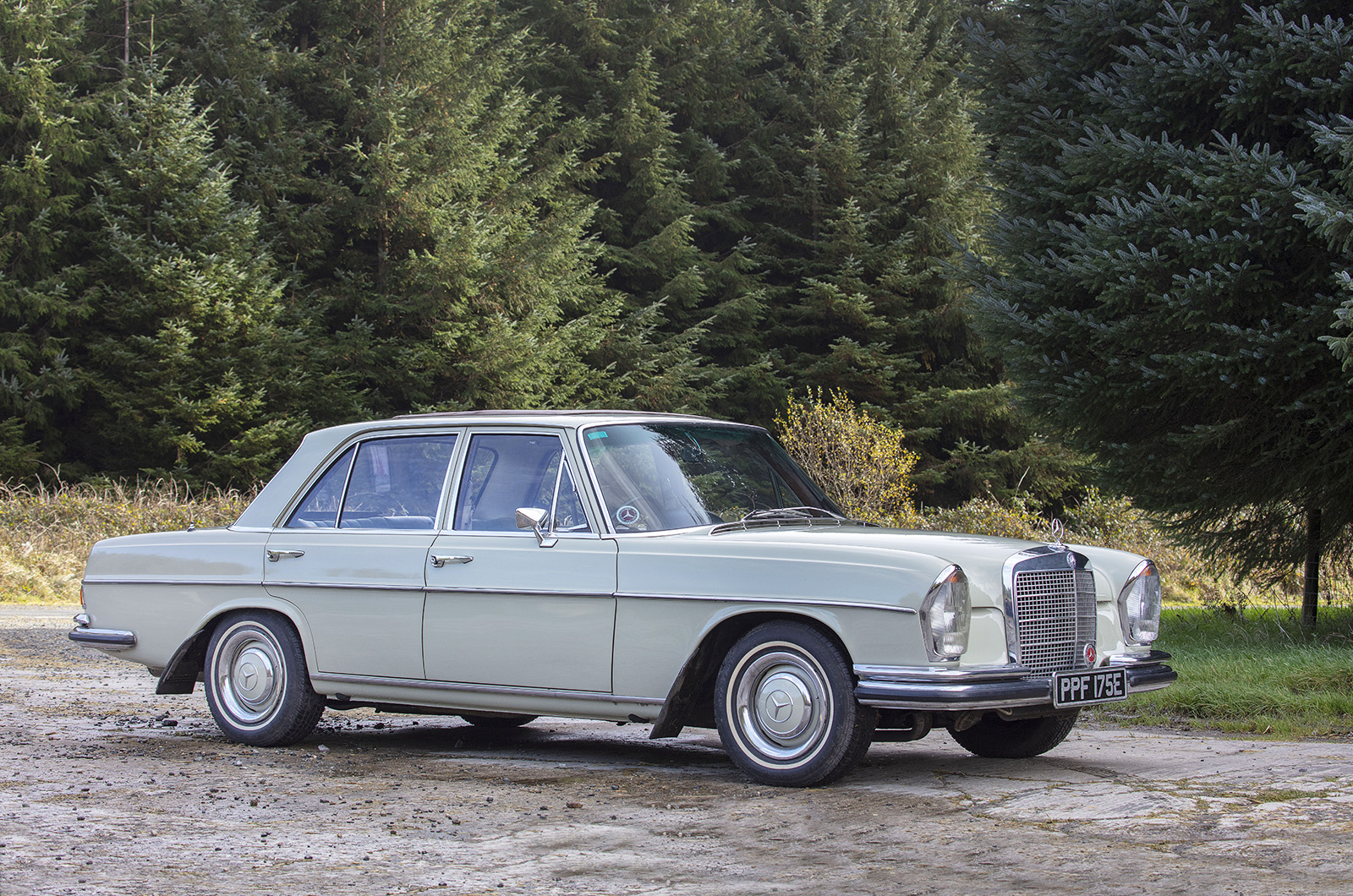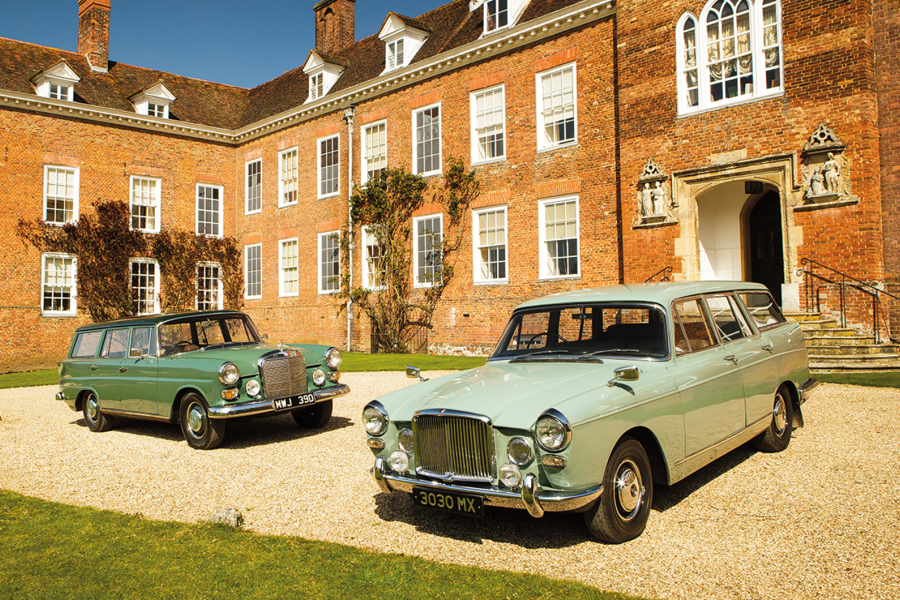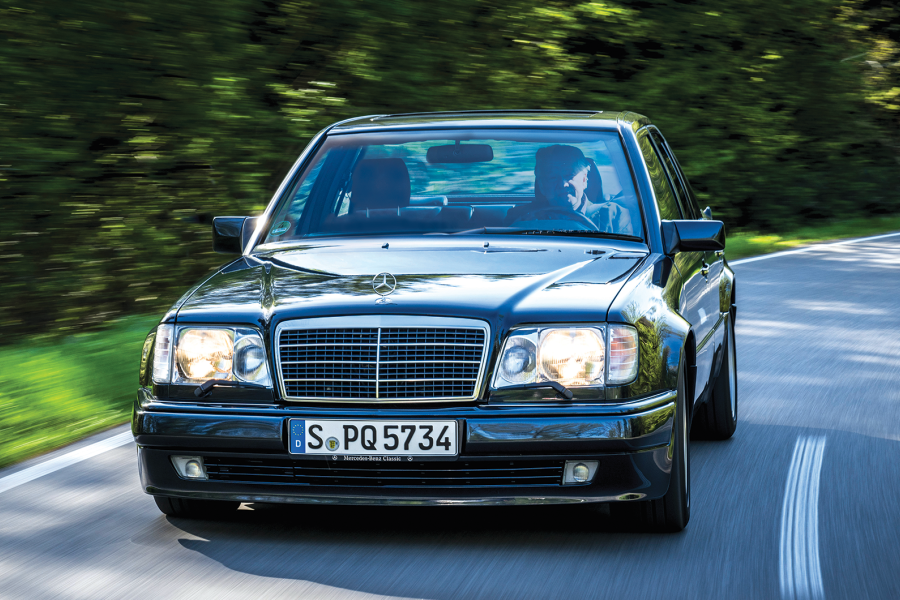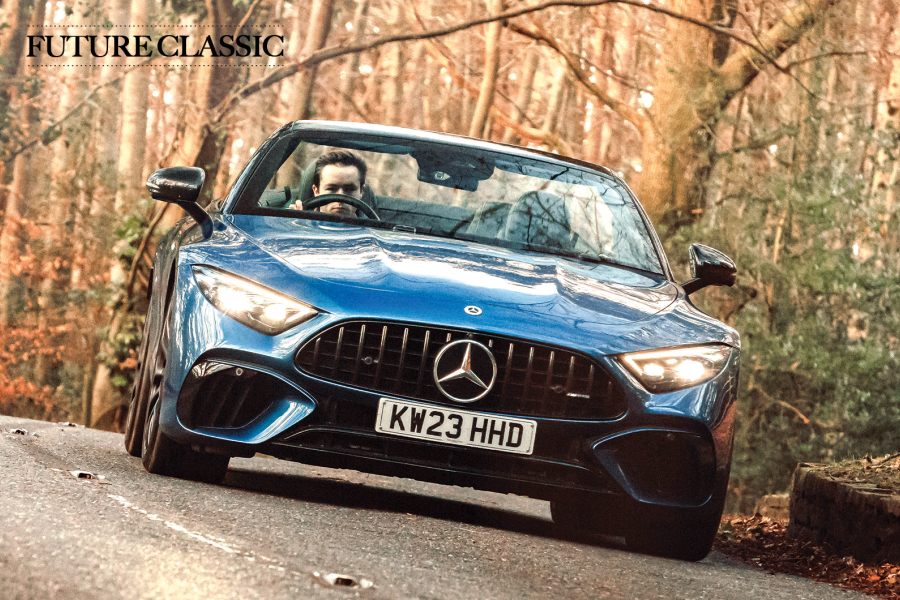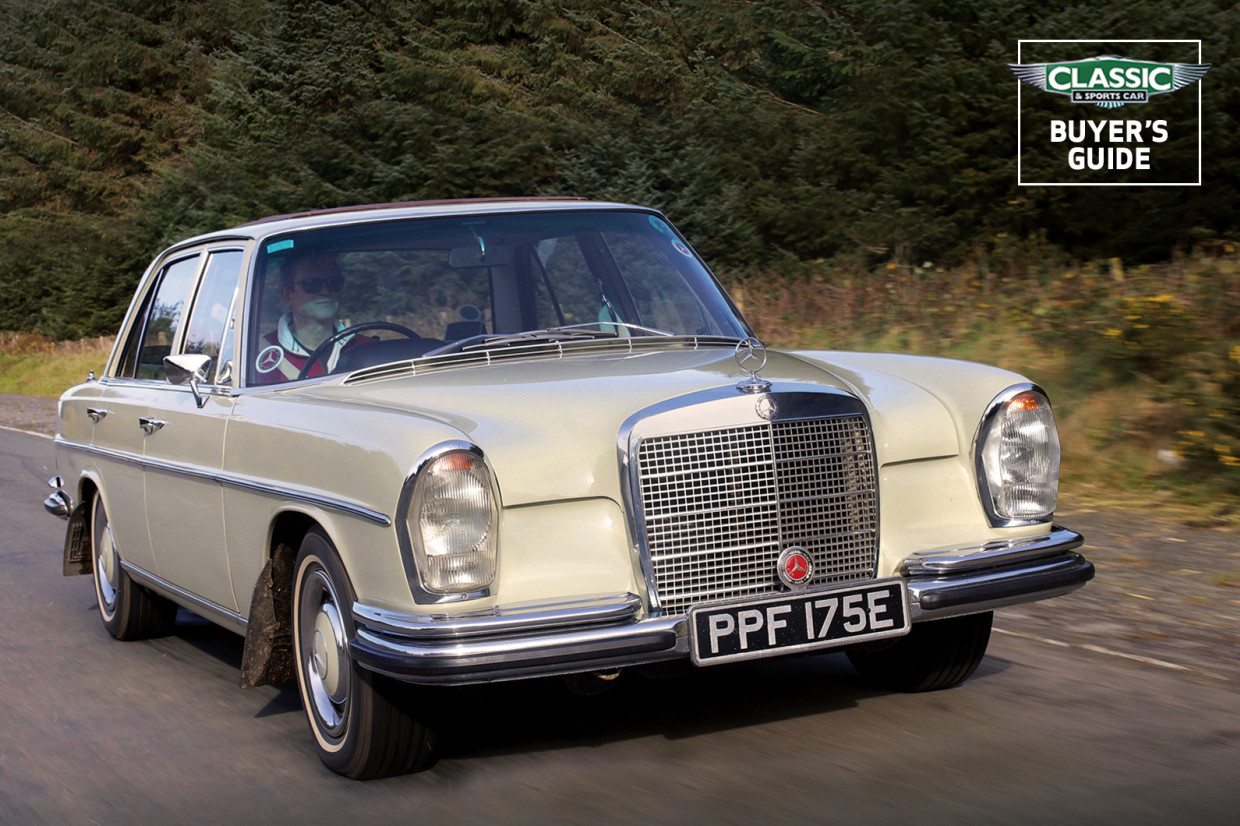
Why you’d want a Mercedes-Benz W108/9
On the British market, high import duties meant the Mercedes-Benz 250S was a bit baffling at launch.
In its price bracket, its 2.5-litre engine was rather small, and the absence of opulent leather and wood made it appear out of place.
To the discerning buyer, however, the outstanding ride, handling and refinement, spacious cabin and light, modern feel combined with exceptional strength and build quality to make it worth every penny.
In addition to its strength, the Mercedes featured several advanced safety features, including rubber-tipped bumpers, recessed interior doorhandles, rubber knobs on the window winders, burst-proof door locks, a snap-off rear-view mirror and a padded steering-wheel boss.
Immensely hard-wearing MB-Tex vinyl was standard, while the optional leather still looked durable rather than luxurious.
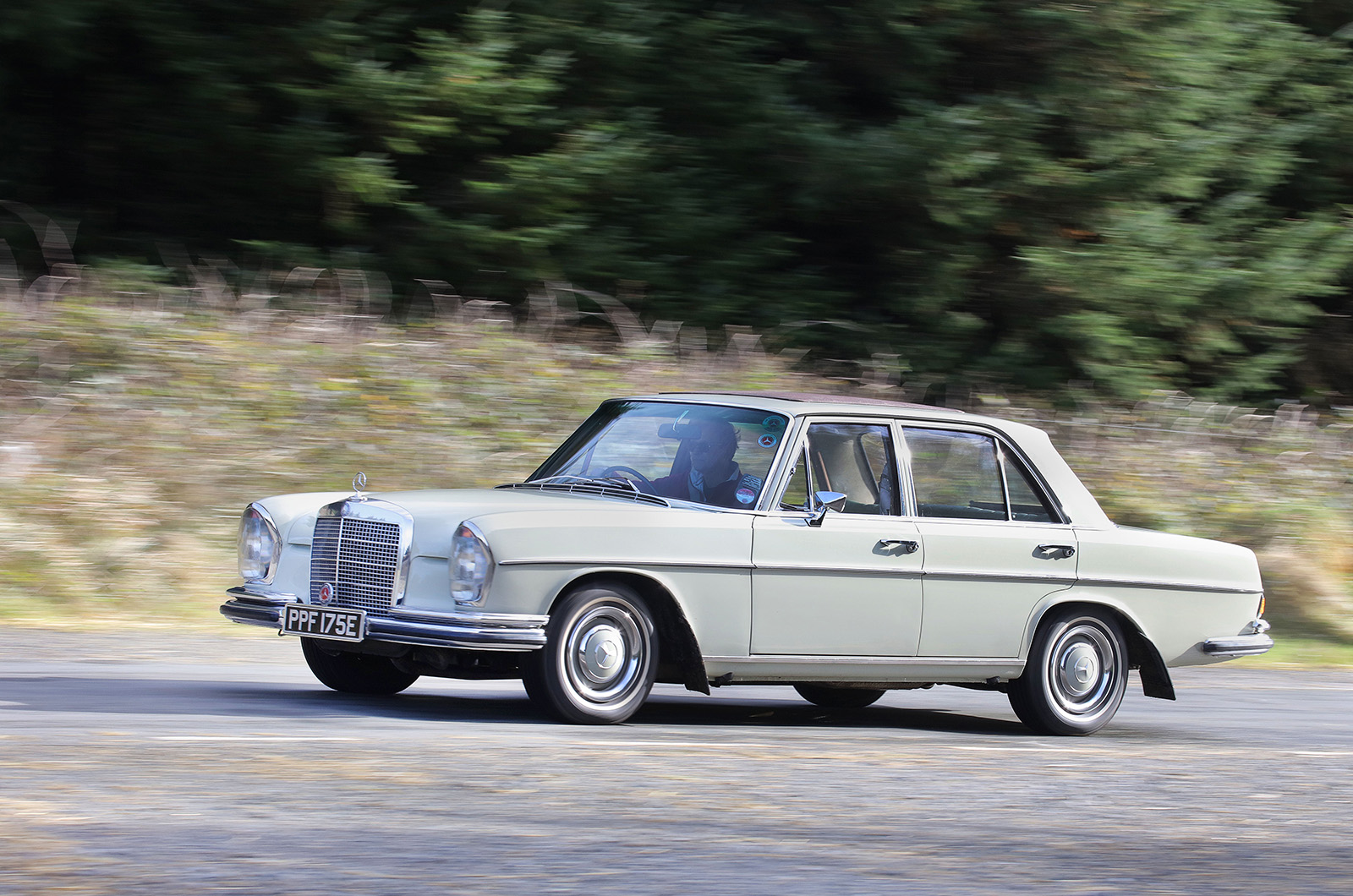
The column-mounted gearchange and umbrella handbrake were not well received – hangovers from the days of bench front seats, not the two front armchairs of the 250S – and on Motorʼs first test the brakes disappointed despite an impressive specification; they were still considered ʻspongy and unprogressiveʼ on the 280.

